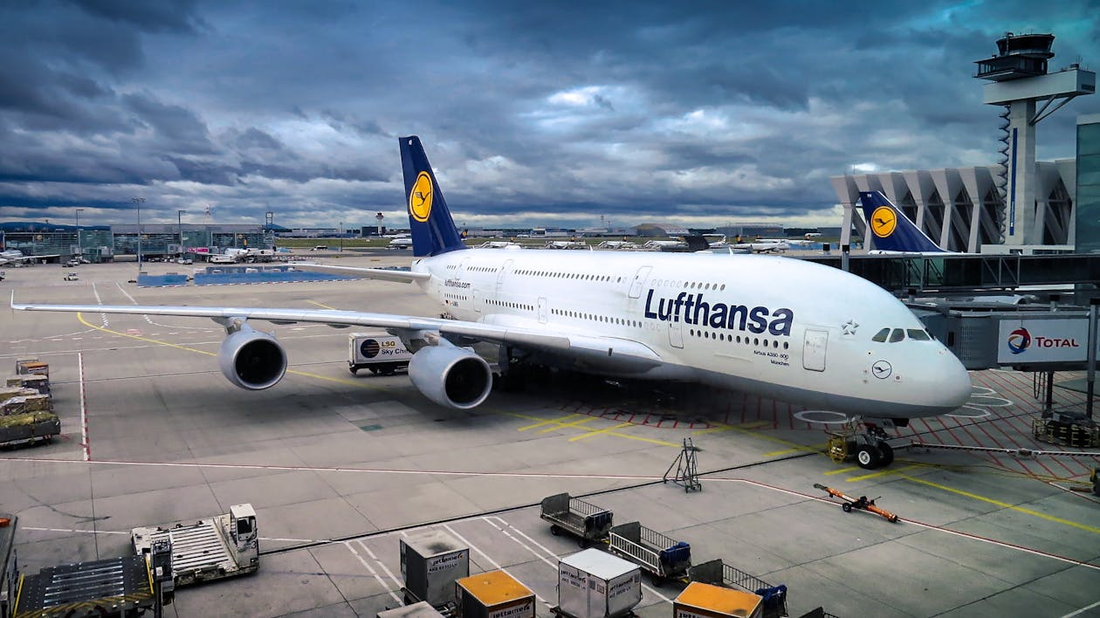
What are the precautions when carrying insulin and other medications?
I. Preparations before traveling
1. Communication with the healthcare team
- Obtain extra supplies of medications, device spares, and backups from the healthcare team.
- Request prescriptions for extra insulin and diabetes medications, as well as additional device supplies and manual equipment.
- Seek advice on adjusting insulin for long-haul flights, especially when crossing time zones.
- Request a travel letter about diabetes from your healthcare team. It should state that you need to carry medical supplies and include details about medications and devices used. Also, carry a copy of a recent prescription in case you need supplies while away.
- Download a medical awareness card (if applicable) for CGMs, insulin pumps, or Freestyle Libre when flying.
2. Confirming medication supply at the destination
- Before traveling, verify where you can obtain insulin and other medications at your destination in case of emergencies. Contact the insulin manufacturer to confirm availability in the country you are traveling to.
3. Preparing travel insurance
- Ensure travel insurance covers pre-existing conditions like diabetes and any coronavirus-related treatments. Check if emergency repatriation is included.

Example Product Mention: Medineed USB Charger Insulin Cooler Travel Case, TSA Approved.
II. Precautions for carrying medications
1. Luggage placement
- Always carry insulin and other medications in hand luggage, as checked luggage may expose insulin to cold or get lost.
- Split medications between separate bags when possible, especially if traveling with a partner or friend, to reduce risk of losing everything.
2. Airport medication restrictions
- Carry a doctor's letter explaining the need for medications. Some airlines may request it, and it can prevent confusion at airport security.
- Follow security regulations: Liquid items in hand luggage must be in containers of 100 ml or less, but there is no restriction on tablets.

Example Product Mention: Medineed Temperature Display Travel Medicine Organizer, TSA Approved.
III. Precautions in different travel scenarios
1. Crossing time zones
- Adjust insulin doses when crossing time zones. Consult your healthcare team beforehand. Eastward travel shortens the day (possibly requiring reduced insulin), while westward travel extends the day (possibly increasing insulin needs).
- Adjust insulin pumps and glucose monitors manually if needed. Smartphone date and time should update automatically.
2. Different climates
Hot climate:
- Heat can damage insulin. Store insulin in a fridge or cool bag when in hot climates, but avoid freezing.
- Monitor blood sugar levels more frequently, especially if engaging in activities like sunbathing.
Cold climate:
- Insulin can freeze. Keep insulin at room temperature or close to the body to prevent freezing.
- Monitor insulin absorption as cold weather can initially slow it, then speed it up when the body warms, potentially causing hypos.
3. During flights
- Check airline guidelines for people with diabetes, especially if using insulin pumps or CGMs.
- Carry proof of use for devices like CGMs or insulin pumps and a doctor's letter.
- Plan insulin use around meal times on the plane and carry extra snacks for long flights to prevent low blood sugar.
4. Daily management during travel
- Maintain diabetes routines while abroad. Monitor blood sugar levels regularly and be prepared for different foods, activities, and alcohol.
- Follow sick day rules if you can't eat or drink due to illness, and comply with local COVID-19 guidelines if symptoms develop.
